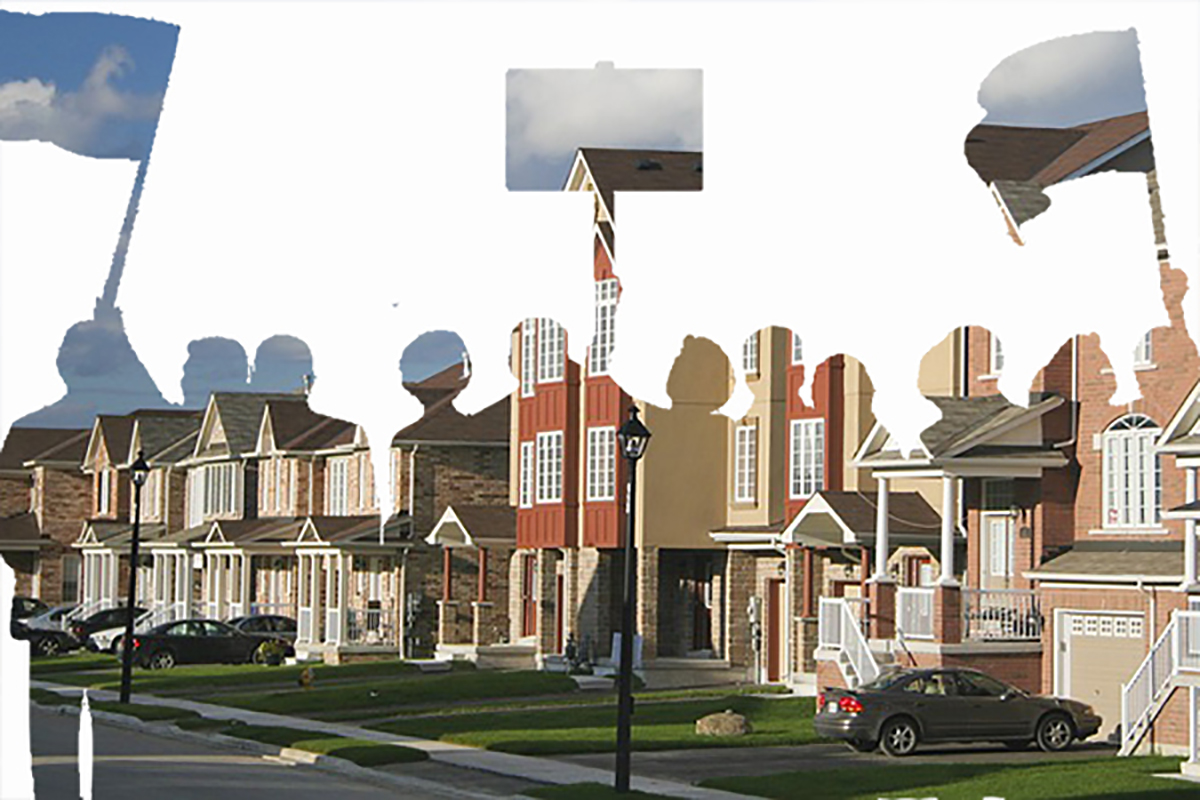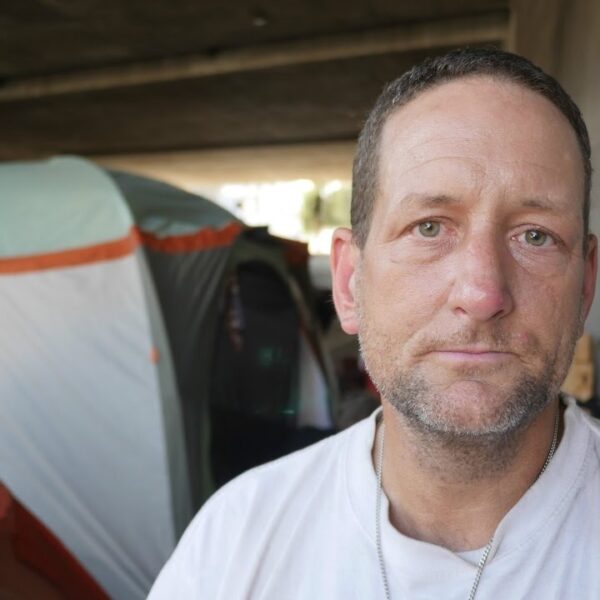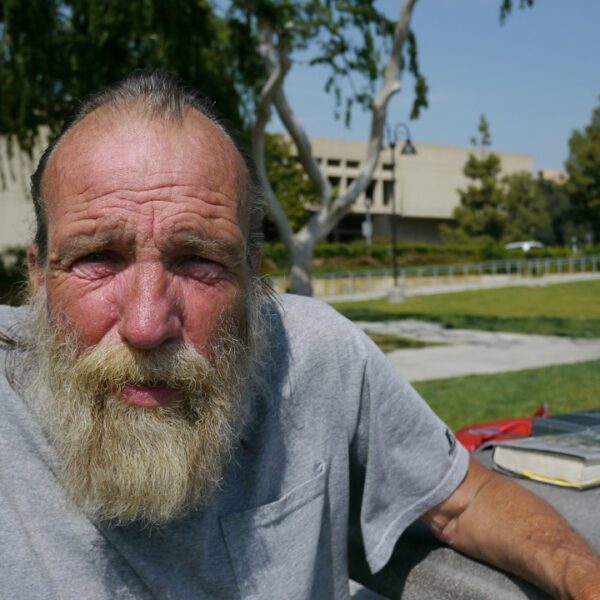We will not be considering whether we allow homeless in our neighborhoods, because they are already in our neighborhoods. The question is whether we are going to allow them to be housed, and how.
That was how San Jose Mayor Sam Liccardo opened a city council meeting. The topic of the meeting? A proposed pilot program to build 40 small homes as temporary housing for some of the city’s homeless people. There’s something to be said for his pragmatic reasoning: We have homeless people in our area. Are we going to do something constructive about it?
Mayor Liccardo’s direct messaging came in response to increasingly vocal residents that oppose the building of homeless shelters and affordable housing developments. And San Jose is not an outlier here. Many communities across North America are experiencing the unprecedented rise of NIMBYs, or “Not In My Backyard.” This phenomenon sees neighborhood residents uniting and revolting against new developments—homeless shelters, affordable housing, rehabilitation homes—that they deem undesirable.
The Rise of the NIMBY
Opposition to affordable and transitional housing has seen an uptick of late. Why? Most NIMBY sentiments come from a place of fear, whether imagined or real.
A paper written on how to manage local opposition to affordable housing in California summarized the prevailing fears this way: “Local opposition has deep roots in fear, racism, classism, ablism, and growing anti-development reactions. The problem can be framed as a classic collective action problem, a governance problem, an economic problem, or a civil rights problem (e.g., housing discrimination). Whatever the framing, the problem is extensive and enduring.”
A sobering admission, that last statement.
Opposition to the previously mentioned San Jose proposal took the form of outrage at city council meetings and strongly worded letters such as this one:
I do not want [the proposed affordable housing development] in residential neighborhoods for the following reasons: […] Increased neighborhood crime, neighborhood blight, poor sanitation, threatens safety and health (eg. Hepatitis A, epidemic among homeless), property values will be dramatically lowered in neighborhoods with [said proposed housing] near, […] draw or magnet for more homeless to come into our area […]. The homeless in our area continue to enter our community scoping our homes and property.
The resident who submitted this laundry list of complaints seems to have been inspired by the if you give a mouse a cookie theory: Increased handouts give rise to increased demands. Affordable housing will only lead to more homeless people moving into our neighborhood. Many NIMBY proponents share this fear.
As readers of this website are well aware, such sweeping generalizations about homeless people are far from fact. But the issue of whether these fears are based on reality is of little consequence here. People react to perceived threats, triggering ‘fight or flight’ responses. And while millenia ago this may have meant trading blows, modern opposition has led many scared residents to take up political arms.
What does this look like?
The California paper describes opponents’ tactics as ‘predictable’: “distributing flyers; canvassing door to door and holding meetings to organize against the development; circulating petitions to document opposition; demanding meetings with the developer; telling their story to the media; and lobbying local government staff and officials through telephone calls, faxes, emails, and private meetings, and at public hearings.”
The classic squeeky-wheel-gets-the-grease tactic has proven to be effective. Just last year in California, NIMBY-like opposition killed Bill SB 827 in its first committee hearing, a zoning bill that would have allowed apartment buildings to be constructed near high-volume public transportation stations. A bill with a similar goal was killed once again earlier this year. Several affordable housing projects proposed for Houston, Texas never saw the light of day after local opposition.
While NIMBY opposition is unlikely to stop anytime soon, there is a silver lining to public activism. Click here for three times residents mobilized to promote affordable housing projects. You can also contact your legislators and let them know you support affordable housing in your area.













